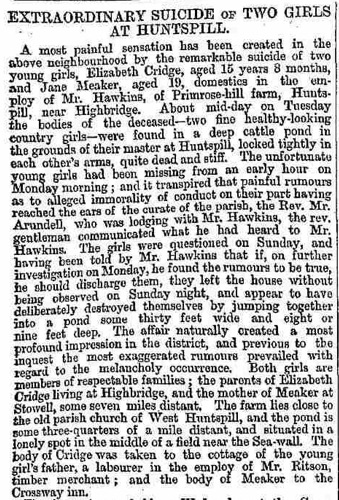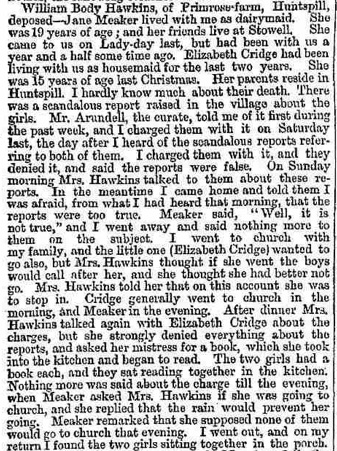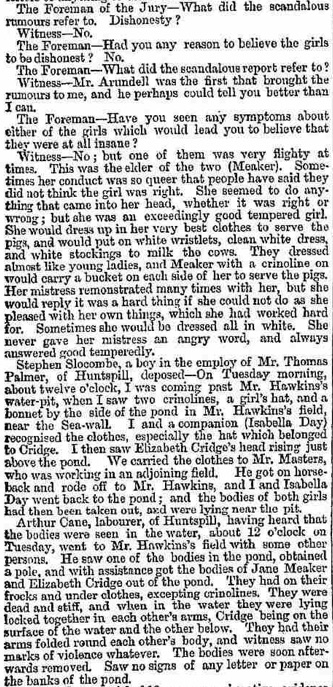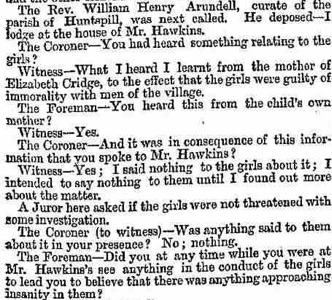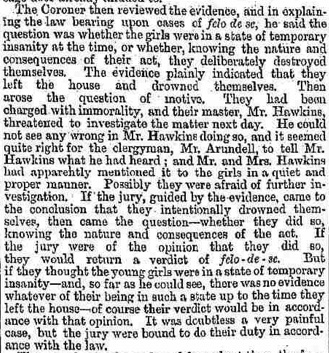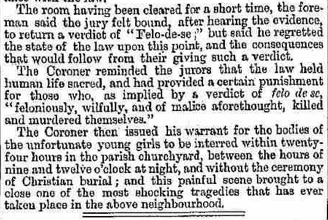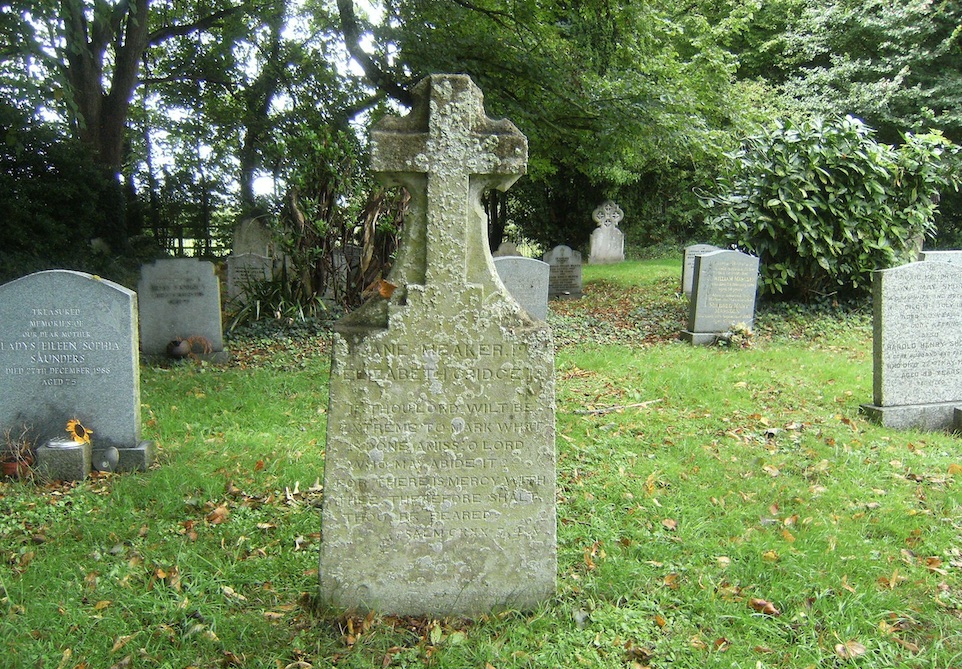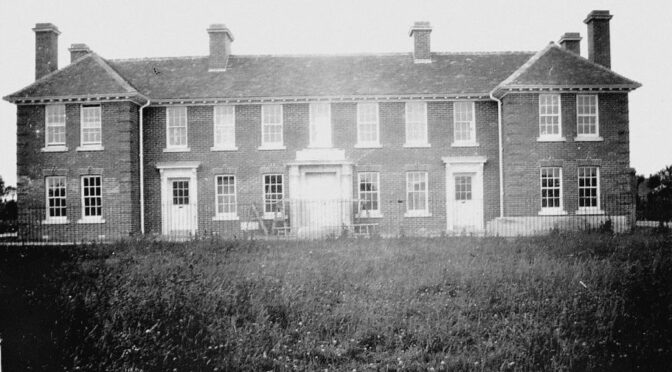As yet we have very little information about the history of law enforcement in Burnham. Please comment if you have anything to add.
Huntspill Disturbance of 1687
Disturbances at fairs were not unusual but at Huntspill in 1687 things went a bit further. This was only two years after the Monmouth Rebellion, when a group of dissident Protestants in the West Country had tried to depose the Catholic James II in favour of the Duke of Monmouth. After the rebellion was put down there were severe reprisals, represented in the trials by Judge Jeffreys which resulted in many being executed or transported. Despite this, rebellious feelings continued to run high and many people questioned how Monmouth sympathies could continue to be displayed by others, who they thought should have been hanged or transported.
The local trouble of 1687 began at a fair on 23rd May in Burnham parish when one William Wyrde publicly announced in front of a group of cudgel players (a sport in which participants attempted to bash one another with stout sticks) that he and a number of others he named were for Monmouth. He went on to challenge Huntspill opponents to a fight. Words also passed between Wyrde and Thomas Leaker of Huntspill, the former objecting to the type of hat that Leaker wore, and that he rode around at such speed.
The opportunity came at the Huntspill fair on 29th June, resulting in what one local farmer called a “grievous riot”. The commencement of this was blamed on Burnham men, Humphrey Beaton of Burnham allegedly assaulting Thomas leaker wounding him ”very grievously” in the head. However there is also evidence that it was actually Ralph Howell of Huntspill, himself a genuine Monmouth rebel, who struck the first blow against Thomas Varman, another Huntspill man.
The fight involved between 40 and 100 people. The victory went to Burnham with the victors holding up a bloody handkerchief which they declared to be Monmouth’s colours.
It is odd that such declarations would be made openly only 2 years after Jeffreys had last visited to round up remaining rebels. It appears likely that there was some score settling going on against locals who had informed on rebels during the trials.
We do not have a record of whether there were any further consequences for those involved.
– Extracted from ‘A Somerset Miscellany’ by Robert Dunning (2005)
1796 An early newspaper report:
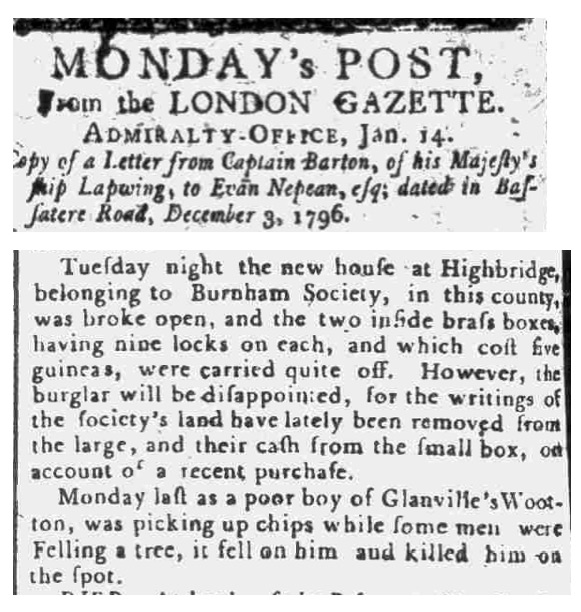
for more on the Burnham Society see Richard Lock.
Burnham
It is believed that deeds show what is now 55 Victoria St to have been the offices and residence of the town magistrate during the early 19th century. It may therefore have been used for legal proceedings and may have constituted Burnham’s first ‘courthouse’
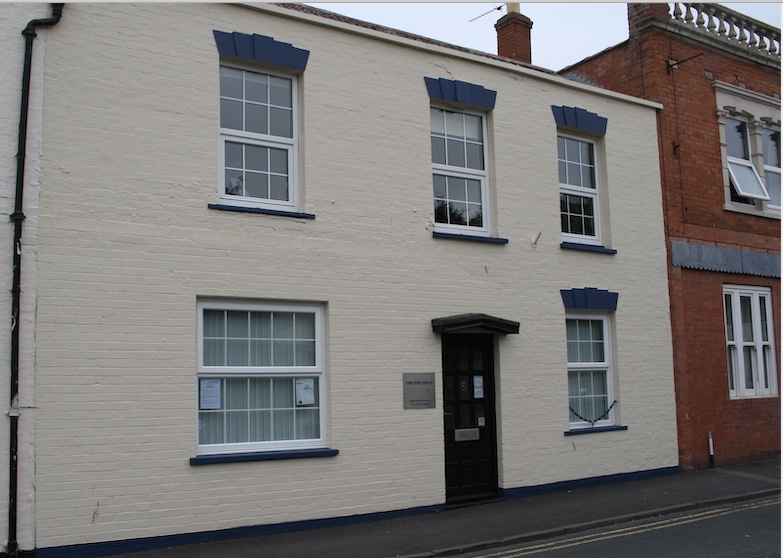
The earliest information we have about the police force is from notes by Sam Nash from his study of parish records. He lists a number of expenses payments to police officers during the second half of the 19th century, covering the years 1848 to 1863.
The names listed (all identified as constables) are
1848: Thomas Coombes; Wm. J(S?) Tucker; John Sully
1849: Thomas Coombes; William Baker; George Dibble; J. P. Petherick
1850: Thomas Coombes; WIlliam Baker; Giles Quier
1851: William Baker; Giles Quier; Joseph Evans
1852: William Baker; WIlliam Wynn; WIlliam Adams; James Tuthill
1853: William Baker; WIlliam Wynn; Samuel Harding; Frederick Davis
1854: David Churchill; Alfred Seaman; Samuel Pitts
1855: Samuel Pitts; John Richards; Thos. Barker
1856: Thomas Barker; John Richards; John Parrish; Abraham Palmer
1857: John Deacon; Wm. Daunton
1858: Thomas Coombes
1860: William Wynn
1862: Barker (identified as ‘Policeman Barker’, probably Thomas)
1861: T. Barker
the amounts varying from around 7s to about £8
The names are listed in order of the amounts paid. We do not know the basis on which these payments were made, whether they indicate seniority or some sort of call out payment. Nor do we know why the numbers listed reduce substantially from 1857 or why names vanish from the list then reappear after a number of years.
These notes also list a number of payments to magistrates clerks and for the issuing of summonses.
1901 – The ‘Dupuis Diaries’ contain the clipping below either from the local press or the parish magazine:
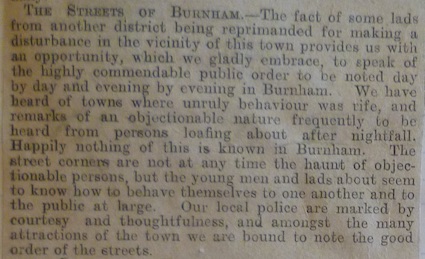
1920s P.C. Hillman
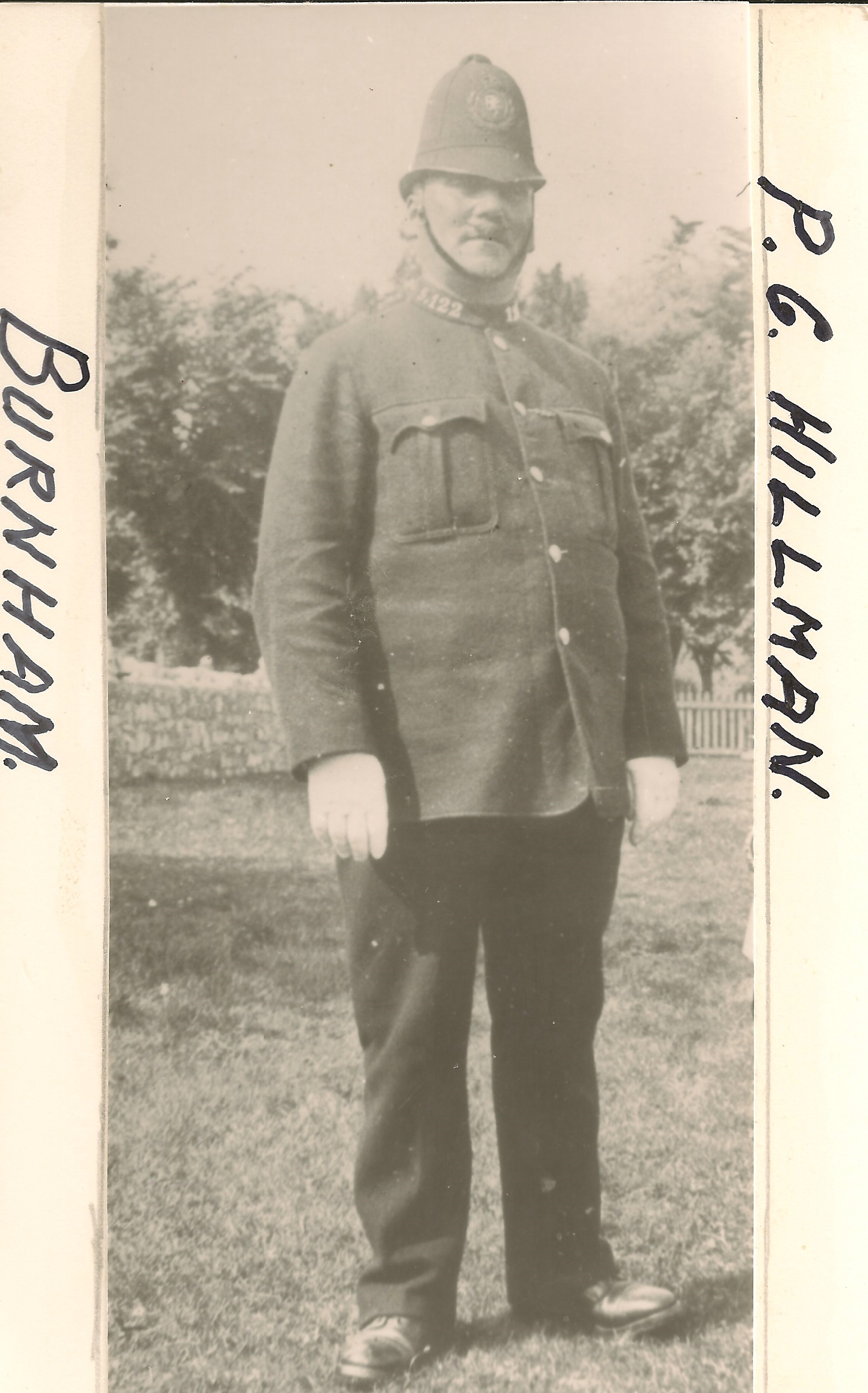
P.C. Hillman was transferred to Burnham in April 1920 from Mudford, where he is reported to have “proved himself to be a very efficient and popular officer”. (Western Chronicle). He was still at Burnham at the time of the construction of the new police station in Jaycroft Rd (Western Daily Press Dec 1926). There are a number of reports of him giving evidence in court proceedings including one in 1925 where a young man was charged with driving a motor-cycle in a dangerous manner on the Esplanade. P.C Hillman is reported as stating that 8 miles an hour on the Esplanade was ample speed and commenting “They do it to show off to young gils sir” (Western Daily Press. May 1925). Thanks to Francis Farr-Cox for research.
20th Century Police Station & Court House
At the top of Jaycroft Rd a combined Court House and Police Station was built in 1926 (see image, 1980s, from the Glyn Luxon Archive at top of page).
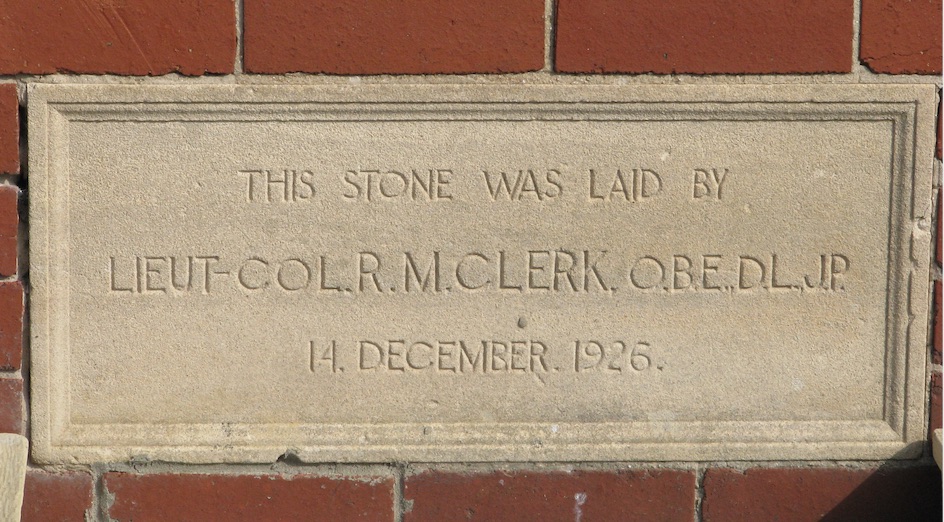
At some time this has also acted as accommodation for police officers before being used as council offices once the new police station was built on the Highbridge Rd and the Court House closed in 1993 ( cases transferred to Bridgwater, evidently as a money saving measure).
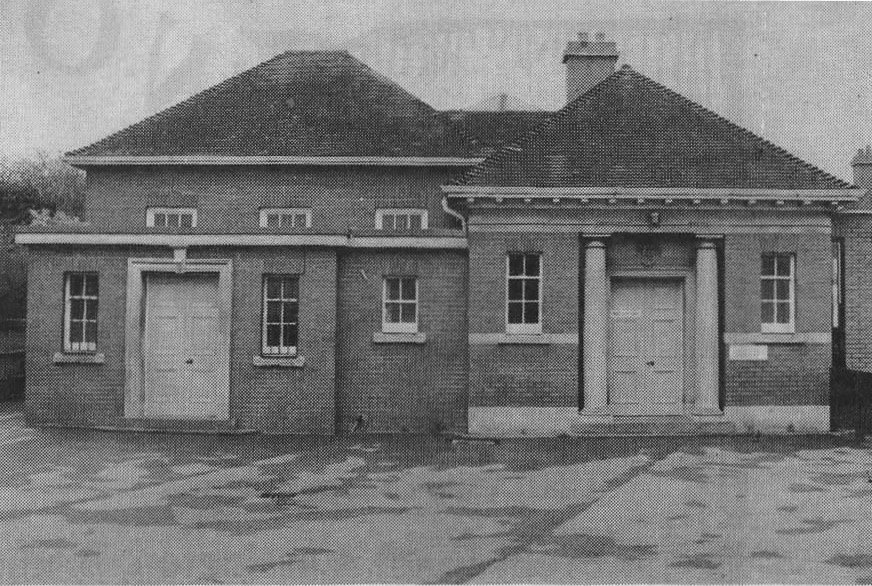
Double Suicide of 1868, Huntspill
Extracts from a report in the Bristol Mercury and Western Counties Advertiser, Saturday August 1st 1868.
This sad story demonstrates the big changes in thinking about morality, suicide and the law since the mid 19th century. The verdict of Felo de se is an early twentieth-century euphemism for suicide i.e. a crime committed against oneself.
